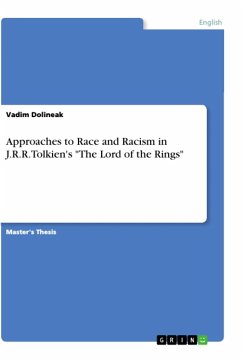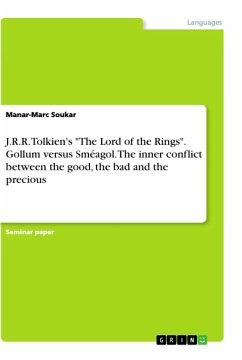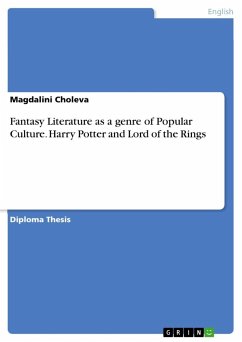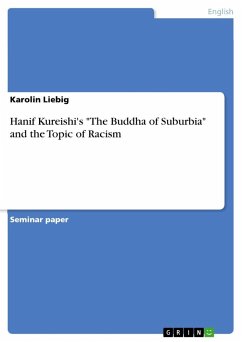Master's Thesis from the year 2020 in the subject English Language and Literature Studies - Literature, grade: 1,7, University of Trier, language: English, abstract: This thesis seeks to expand on this topic and will try to give another input to the debate, which is still ongoing. While - as any historian will admit - it is impractical to judge individuals from the past with modern moral values, said individuals may be compared against the moral standards of their own time. This is why analysing the historical background during the development process of "The Lord of the Rings" shall be the first part of this thesis. Likewise, using scholarly input from respective researchers of that time will help to understand how race and the then fledging concept of racism was understood and processed not only by scholars, but the general population. Additionally, insight shall be shed on Tolkien's own opinion on race with the help of his correspondence and lectures.This chapter is of particular importance to the analysis of "The Lord of the Rings"; the theoretical framework established here will help in deciding whether the epic measures up to the contemporary views on race or rather stands out from them. The main body will consist of approaches to race construction and portrayal in the epic. While Chapter II will lay special emphasis on colour-coding in Middle-earth, Chapter III will look at the already mentioned approaches to race with selected examples. The reasoning behind this division was made with the background of existing research. An analysis of colour-coding in Middle-earth is lacking in modern research and thus, Chapter II will seek to expand on that. In contrast to Chapter II, Chapter III will try to offer various ways to look at race in Middle-earth. Notable examples have been picked such as the supposedly 'Jewish' portrayal of Dwarves, the evil Orcs and 'weak' Hobbits; and of course, the various groups of Men will also be subject of analysis.Another consideration is the scope this thesis will encompass. Despite the fact that Tolkien's legendarium consists of many more books, a conscious decision has been made to centre this thesis around "The Lord of the Rings" itself, thus leaving "The Hobbit", "The Fall of Gondolin" and others aside. Only "The Silmarillion" will be used from time to time, as there is more information to be found on events and characters which are only mentioned briefly and without sufficient background information in "The Lord of the Rings".








